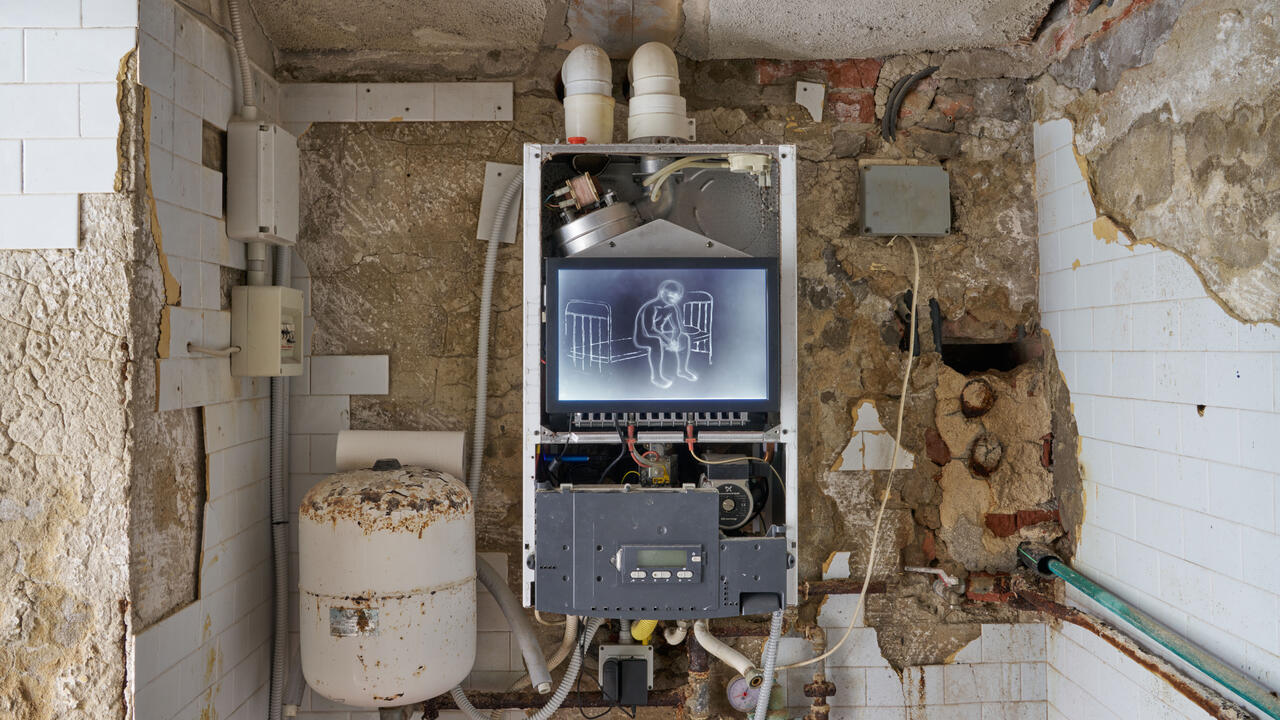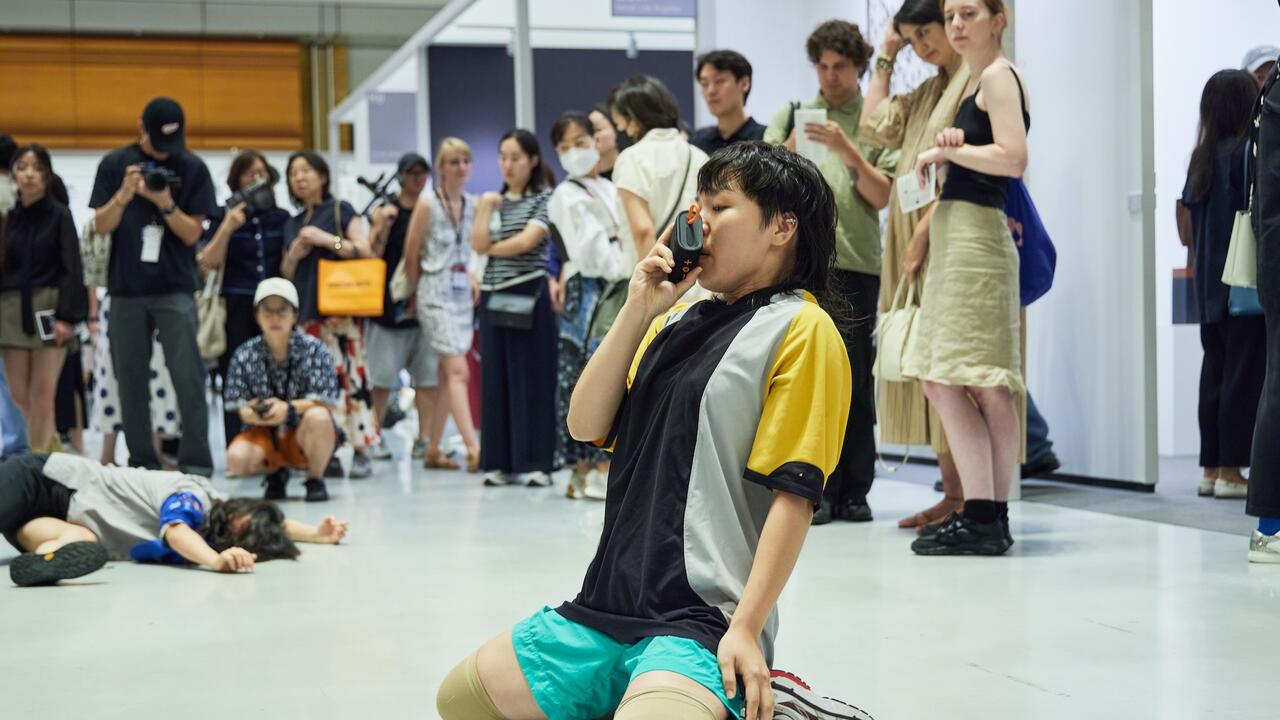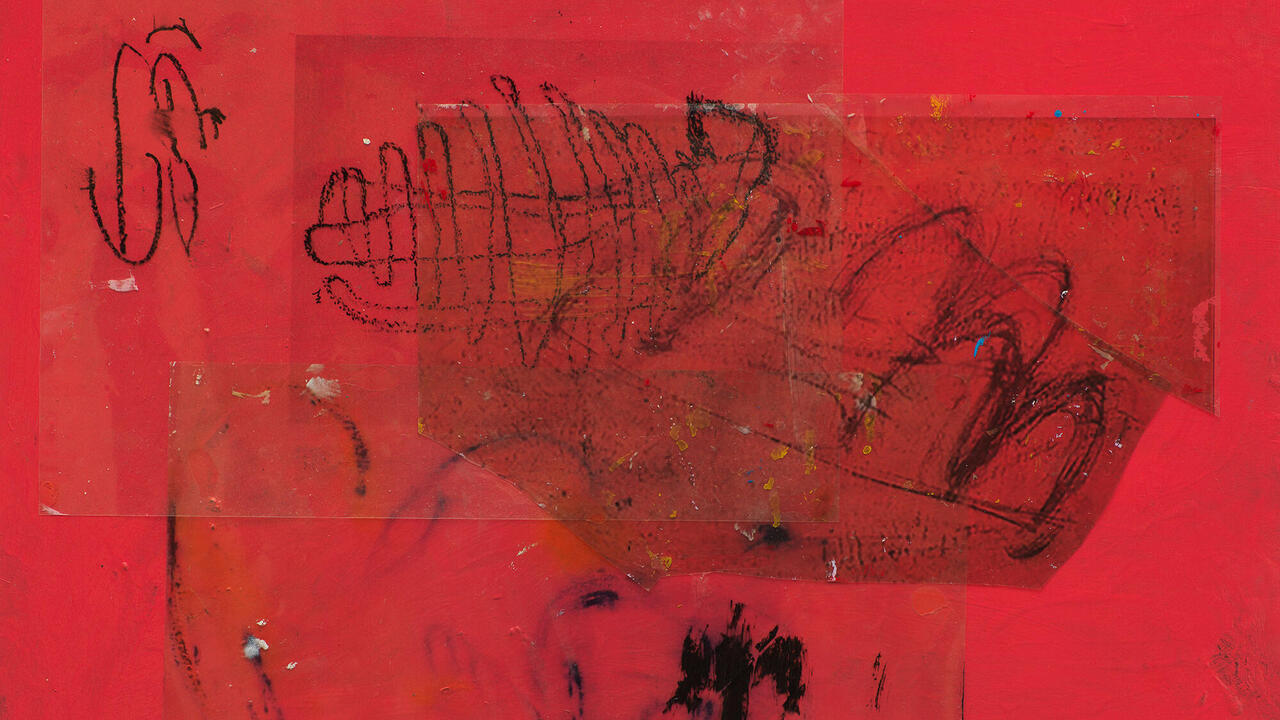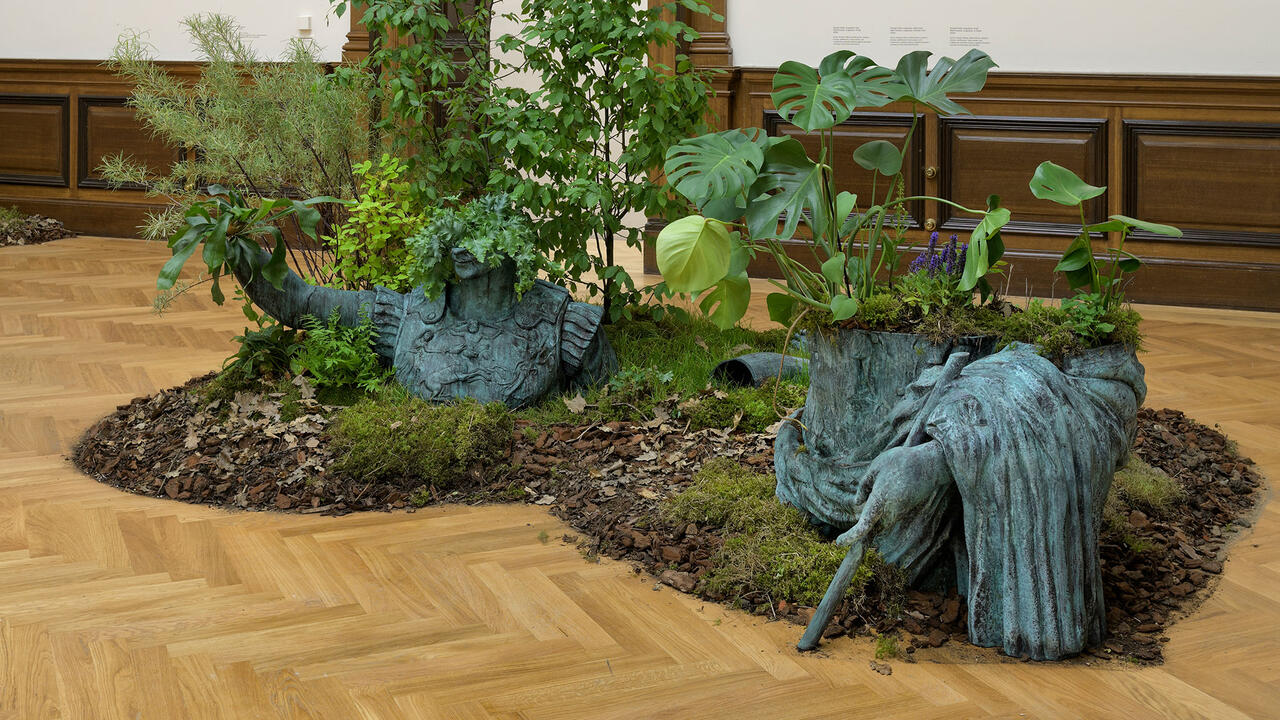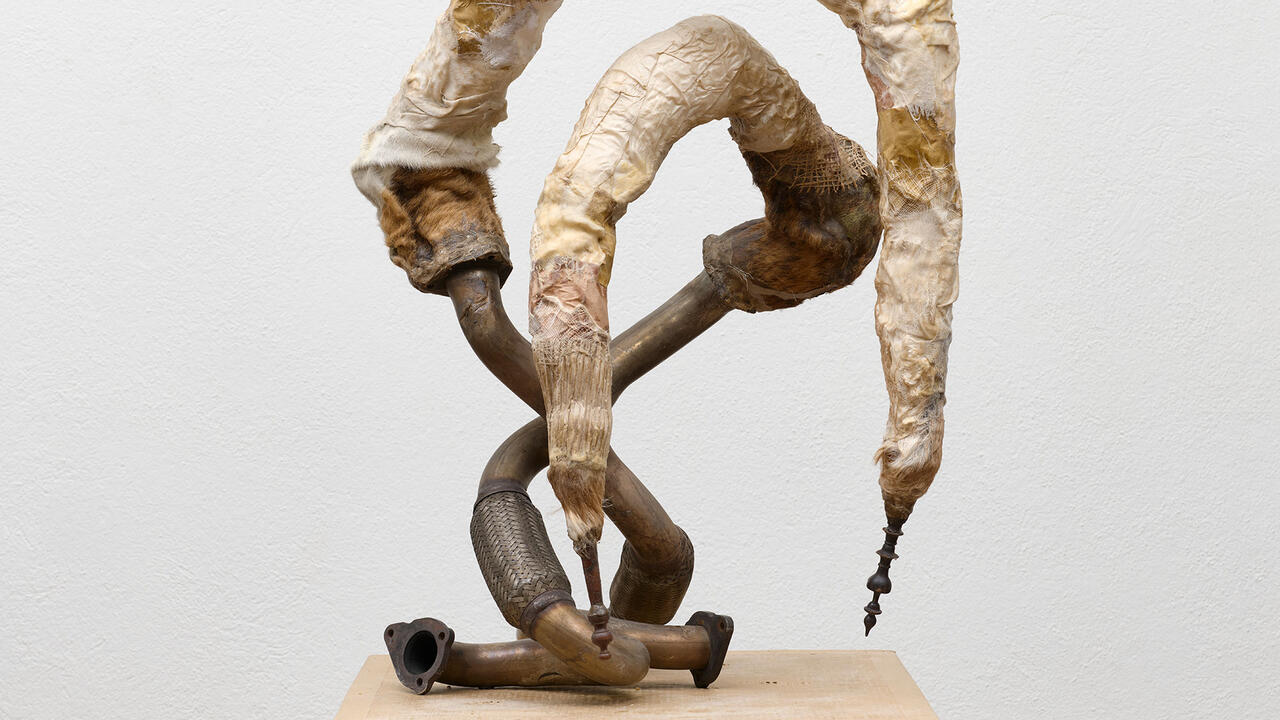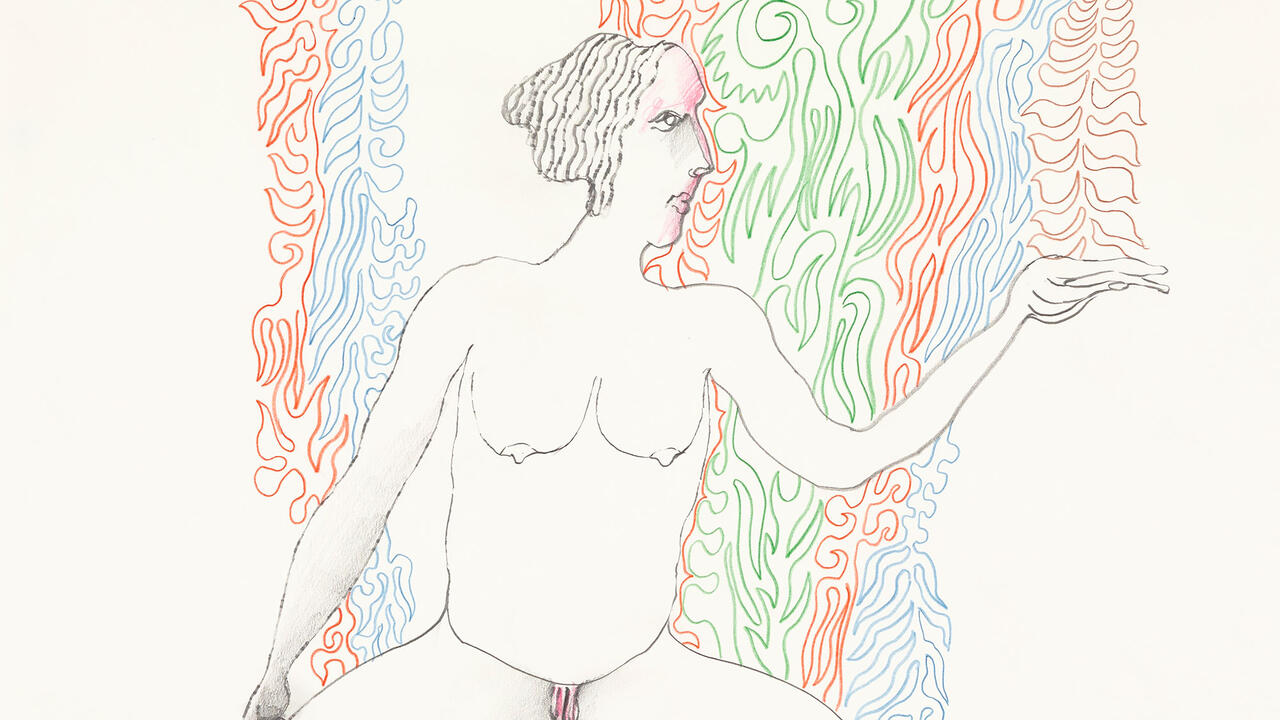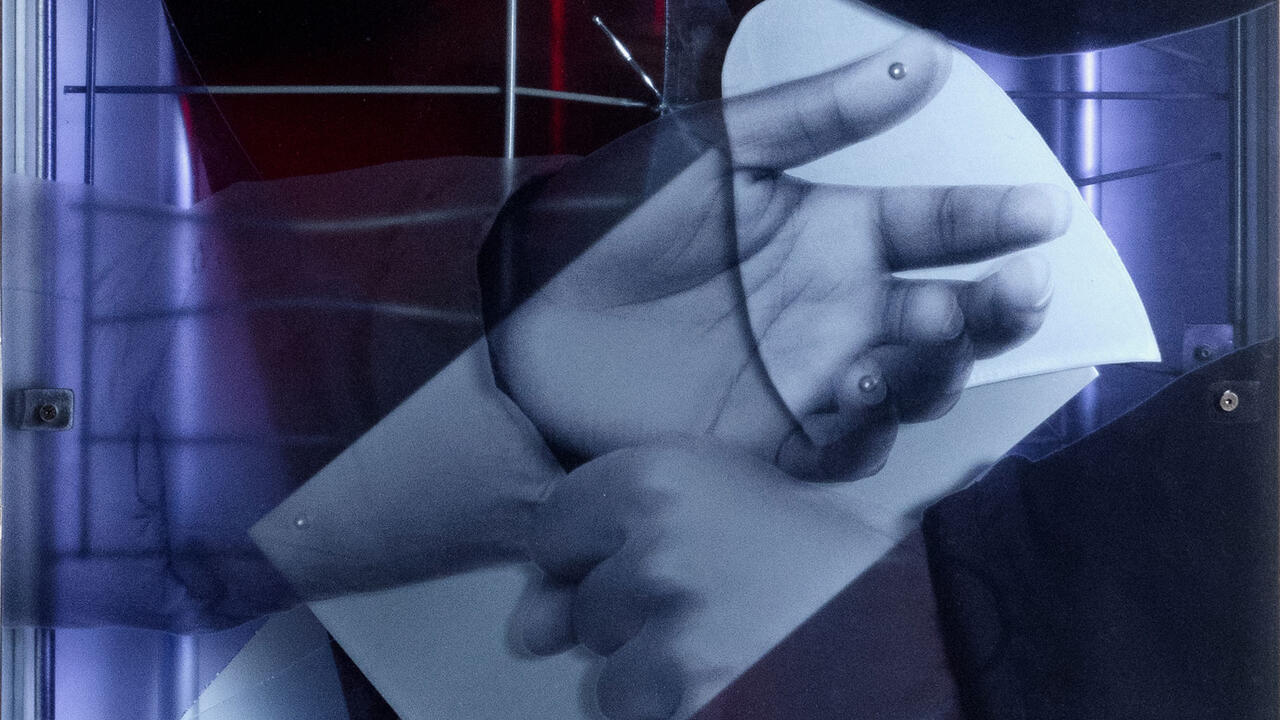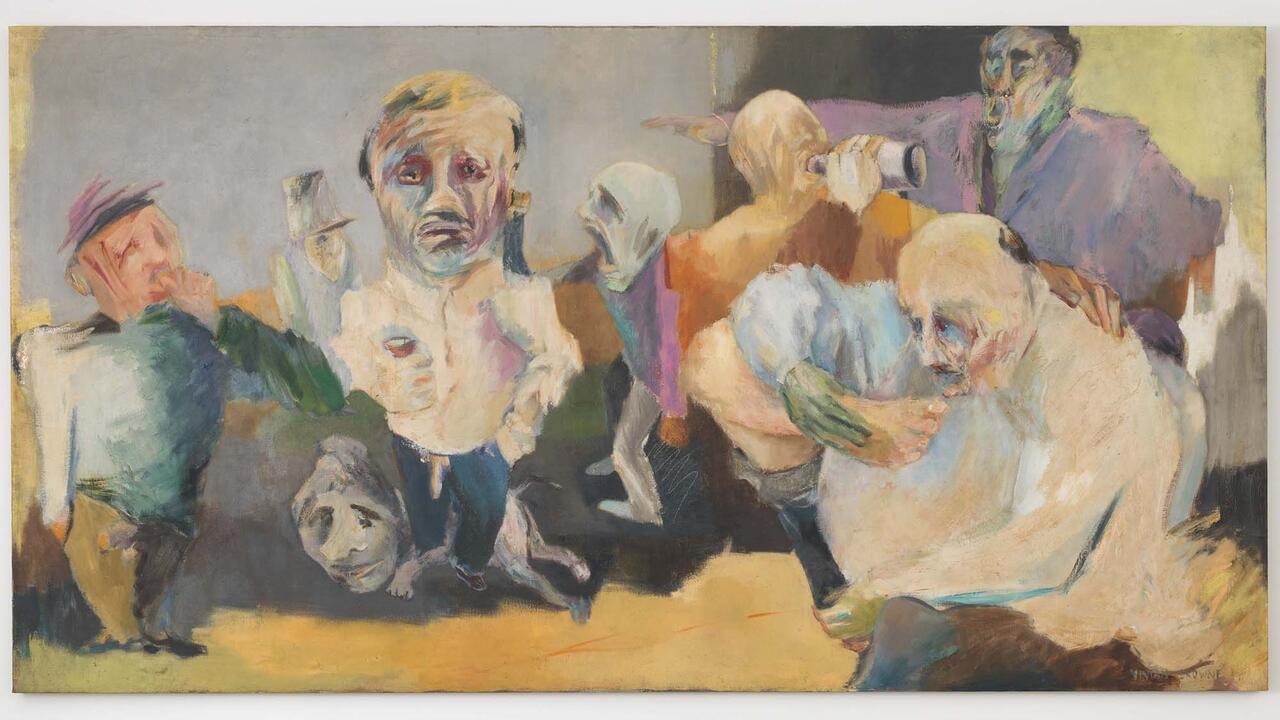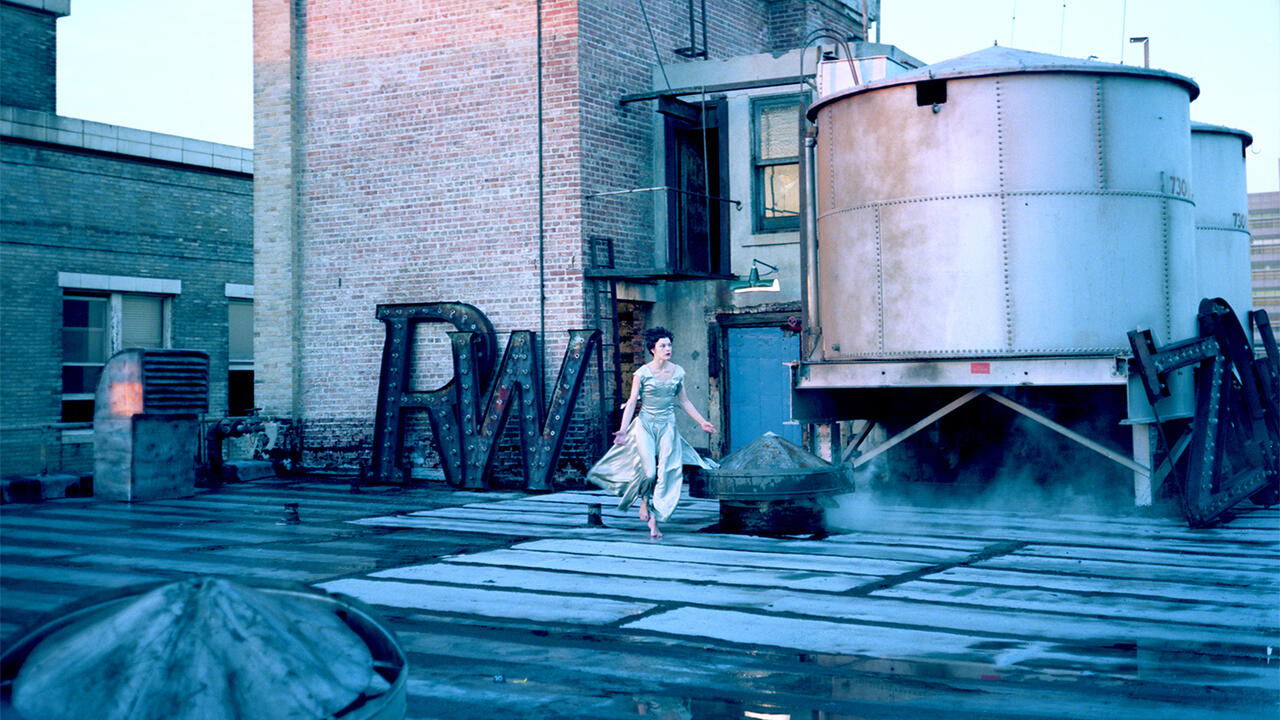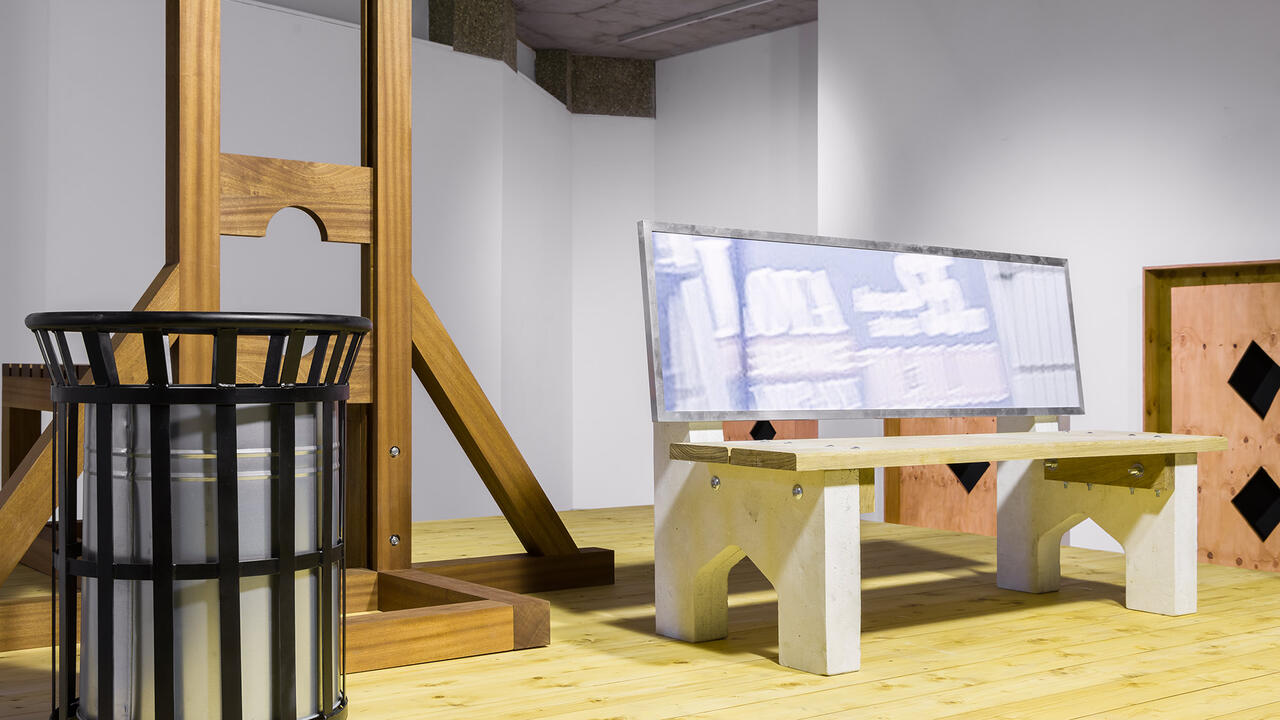‘Typologien’ Exposes the Patterns Behind the Lens
At Fondazione Prada, Milan, a group show studies the variations and chance connections that form our worldview
At Fondazione Prada, Milan, a group show studies the variations and chance connections that form our worldview

In the age of AI deep fakes and disinformation, dissecting the context and influence of image production is more important than ever. ‘Typologien’, at Fondazione Prada, offers an inquisitive, non-hierarchical reading of 20th century German photography to highlight the similarities with and differences from our contemporary worldview. The exhibition assembles more than 600 photographs by 25 artists who examined nature and architecture, human presence and absence. Grey suspended walls segment the huge expanse of the Podium building to create a labyrinth of works that, eschewing chronology, share a commitment to photographic inquiry.

Taking its title from the botanical classification practice of typology, the exhibition fittingly opens with several plant still lives. Particularly striking is Karl Blossfeldt’s Adiantum pedatum, haarfarn, junge, noch eingerollte Wedel (Maidenhair fern, young, still curled fronds, undated), a black and white print in which fern stems curl upwards like tentacles, a bud nestled gently in the middle of each spiral. Sigmar Polke takes a more playful approach to the botanical in his 1966 dadaist photographs of palm trees. Whether through a lone black glove (Glove Palm) or a moulded piece of bread (Bread Palm Tree), Polke showcases the power of the human imagination to create connections, inviting us to seek out the subliminal patterns that inform our perception.
The show is particularly strong in its depiction of enclosed spaces, captured in repetitive shots that highlight how slight changes can shape an image. Heinrich Riebesehl’s series ‘People in the Elevator 20.11.1969’ (1969), for instance, documents passengers in a lift over the course of a day, revealing a quiet theatre in transit. Despite its black and white composition, each image reveals a colourful personality: a maid appears trapped behind a trolley of room-service leftovers; a woman stands tall in a fabulous leopard-print coat; a bespectacled man looks inquisitively at the ceiling. The mundane setting is transformed by its inhabitants, indicating the subjective experience of our shared surroundings.

Similarly introspective is Sibylle Bergemann’s series ‘P2’ (1981), documenting the living rooms of a Berlin apartment complex. Shot from the same angle, the spaces appear layered on top of one another, creating a sense of architectural déjà vu. It is up to the varying interior design to reveal the narratives of each home’s inhabitants: three stuffed animals nod to a happy childhood; a meticulously organized bookcase suggests an occupant with a literary sensibility. In showcasing the foundations of our identities, these images are imbued with tenderness.
‘Typologien’ does not shy away from criticizing universality, however, warning against its tendency to consume the individual and normalize social discomfort. Andreas Gursky’s monumental photograph Paris, Montparnasse (1993) features a vast housing complex with claustrophobically packed apartments, distinguished only by the varying colours of the curtains which shield their inhabitants from our gaze. The building forms a microcosm of lives lived in parallel but rarely in dialogue, heightening the sense of alienation often experienced in urban architecture.

There are times when ‘Typologien’ would benefit from additional elaboration: Gerhard Richter’s photographic grid Atlas: Holocaust. No. 635 to 646 (1997), for instance, features haunting archival imagery of malnourished prisoners in World War II concentration camps. Confined to miniature squares and blurred almost into obscurity at times, these figures are rendered even more obscure by the curatorial decision to install Richter’s work in a distant corner of the space. Their political gravity is further diluted through their juxtaposition with images of cattle, from Ursula Böhmer’s series ‘All Ladies: Cows in Europe’ (2011), and extinct birds, from Jochen Lempert’s ‘The Skins of Alca Impennis’ (1992–2022). Here, the exhibition falters, momentarily unsure of how to navigate the ethics of representation within its own premise.
‘Typologien: Photography in 20th-century Germany’ is on view at Fondazione Prada, Milan, until 14 July
Main image: ‘Typologien: Photography in 20th-century Germany’, 2025, exhibition view. Courtesy: Fondazione Prada; photograph: Roberto Marossi





